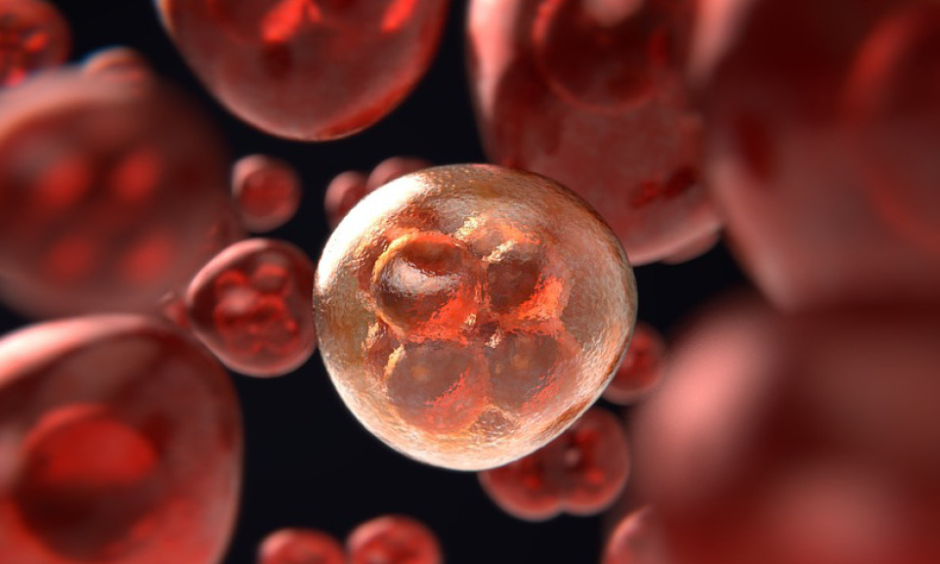UNDERSTANDABLE optimism surrounds nanoparticle technology and its application for the treatment of diseases such as cancer. The technology has been developed to the stage where cancer cells can be targeted and killed either directly or through the release of potent drugs. Researchers from the National University of Singapore (NUS), Singapore, however, have highlighted that nanoparticles could also enhance the spread of cancer.
Nanoparticles are often composed of materials like silver, gold, and silicon dioxide for reasons related to their delivery and function. The NUS researchers believe that that these materials can widen the space between endothelial cells, which in turn causes ‘leakage’ of cancer cells into the blood stream, facilitating their transport to distal parts of the body.
The NUS scientists used rodent models of breast cancer to reach this conclusion and termed it ‘’nanomaterial-induced endothelial leakiness.”
Dr David Leong, Department of Chemical and Biomolecular Engineering, National University of Singapore Faculty of Engineering, National University of Singapore, one of the leaders of the study, explained further: ‘‘For a cancer patient, the direct implication of our findings is that long-term, pre-existing exposure to nanoparticles, for instance, through everyday products or environmental pollutants, may accelerate cancer progression, even when nanomedicine is not administered.’’
The authors believe that it is at our own risk to ignore these environmental nanoparticles and their effects on our bodies when designing anti-cancer therapies.
This drawback may be used to our advantage however; leakiness could potentially be exploited for the delivery of stem cells and chemotherapies to cancerous tissue. The researchers commented on the possibility of tailoring nanoparticle-based therapies carefully to fight early-stage cancers and prevent metastasis, and even speculated that conditions in which a failure of leakiness is important could be tackled (e.g., liver fibrosis).
This study is a perfect example of identifying issues with a current treatment and turning them into an advantage, in this case for both the cancer field and potentially other therapeutic areas.








